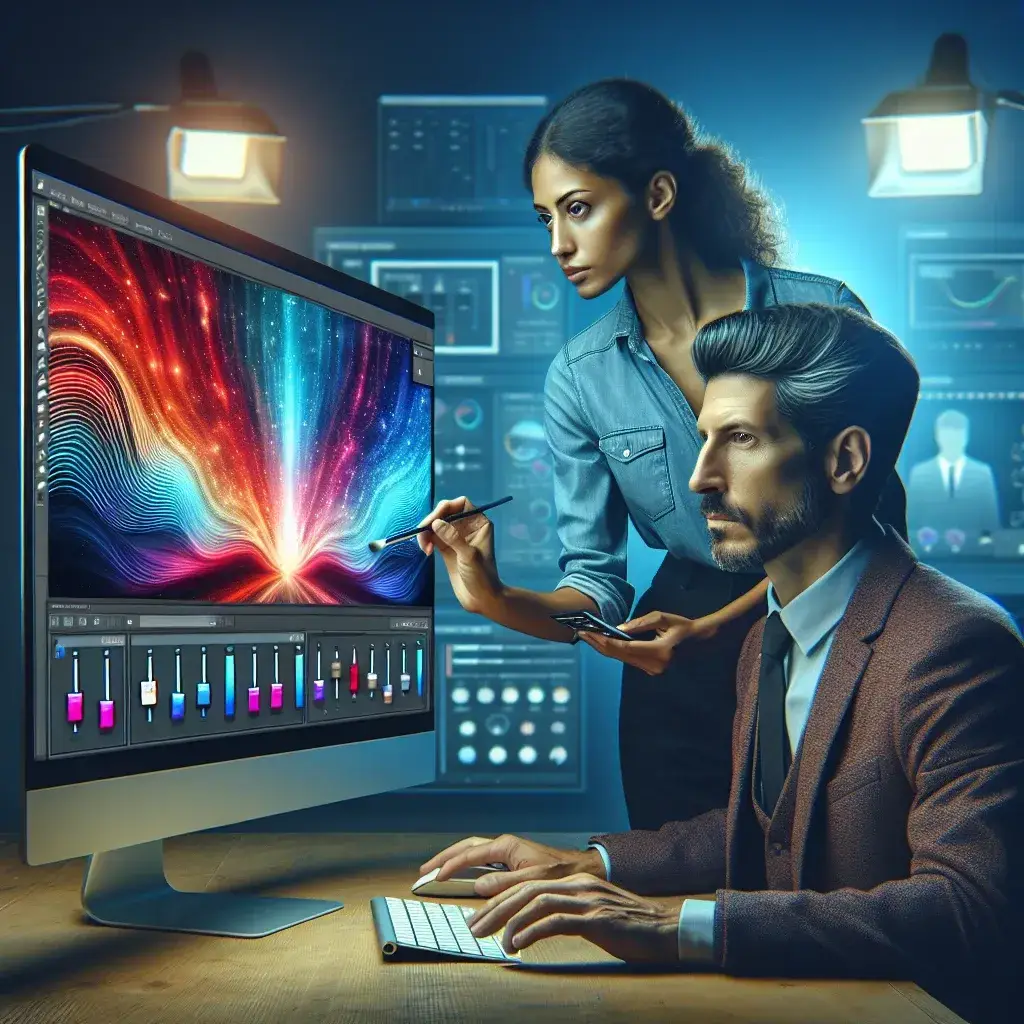Adjustment layers represent one of the most powerful and essential tools in digital photo editing, offering photographers and designers the ability to make non-destructive changes to their images. Unlike direct edits that permanently alter pixel data, adjustment layers create a separate layer that applies modifications without touching the original image information.
Understanding the Fundamentals of Adjustment Layers
At its core, an adjustment layer functions as a filter that sits above your base image, modifying how pixels appear without actually changing their values. This revolutionary approach to editing emerged as a response to the limitations of destructive editing methods that permanently altered image data. When you apply adjustments directly to an image layer, you lose the ability to revert changes or fine-tune settings later in your workflow.
The beauty of adjustment layers lies in their flexibility. You can modify opacity, change blend modes, mask specific areas, and even duplicate or delete adjustments at any point in your editing process. This non-destructive workflow has become the industry standard for professional photo editing and graphic design.
Essential Types of Adjustment Layers
Brightness and Contrast Adjustments
The brightness/contrast adjustment layer provides fundamental control over your image’s tonal range. While seemingly basic, this tool offers precise control when used correctly. Brightness adjustments shift all pixel values uniformly, while contrast modifications affect the difference between light and dark areas. Modern editing software often provides curve-based alternatives that offer more sophisticated control over these parameters.
Levels and Curves
Levels adjustment layers allow you to set white points, black points, and midtone values independently for each color channel. This granular control enables correction of color casts, improvement of contrast, and precise tonal adjustments. Curves take this concept further, providing multiple control points along the tonal range for incredibly detailed adjustments.
Color Balance and Hue/Saturation
Color balance adjustment layers excel at correcting color temperature issues and creating mood through color grading. You can independently adjust highlights, midtones, and shadows, making it possible to warm up skin tones while keeping skies cool, for example. Hue/saturation adjustments provide control over individual color ranges, allowing you to enhance autumn foliage without affecting skin tones.
Step-by-Step Implementation Guide
Creating Your First Adjustment Layer
Begin by opening your image in your preferred editing software. Navigate to the adjustment layer panel, typically found at the bottom of the layers panel as a half-filled circle icon. Select your desired adjustment type from the dropdown menu. The adjustment will immediately apply to your entire image, but don’t worry – this is just the starting point.
Fine-Tuning Adjustments
Once created, your adjustment layer appears in the layers panel with an associated mask. The adjustment panel opens automatically, displaying controls specific to your chosen adjustment type. Make gradual changes rather than dramatic shifts, as subtle adjustments often produce more natural-looking results. Professional tip: Use the preview toggle to compare your adjustments with the original image frequently.
Working with Layer Masks
Every adjustment layer includes a white layer mask by default, meaning the adjustment affects the entire image. To limit adjustments to specific areas, paint on the mask with black to hide the effect or gray for partial application. This selective editing capability transforms adjustment layers from global tools into precision instruments for targeted enhancement.
Advanced Techniques for Professional Results
Luminosity Masking
Luminosity masks represent an advanced masking technique that selects pixels based on their brightness values. This method allows you to apply adjustments exclusively to highlights, midtones, or shadows without affecting other tonal ranges. Creating luminosity masks involves using channels and calculations, but the results justify the complexity for serious photographers.
Blend Mode Optimization
Adjustment layers support all blend modes available in your editing software. Changing the blend mode alters how the adjustment interacts with underlying layers. For instance, setting a curves adjustment to “Luminosity” mode prevents color shifts while maintaining contrast improvements. “Color” mode applies only color changes without affecting brightness.
Grouping and Organization
Complex edits often require multiple adjustment layers working together. Group related adjustments into folders for better organization and apply masks to entire groups for consistent selective editing. This organizational approach becomes crucial when working on complex composites or detailed retouching projects.
Common Mistakes and How to Avoid Them
Many beginners make the mistake of applying adjustments too aggressively, resulting in unnatural-looking images. Start with subtle changes and build up gradually. Another common error involves ignoring the histogram while making adjustments, leading to clipped highlights or blocked shadows that lose detail permanently.
Over-sharpening through multiple adjustment layers can create artifacts and noise. Instead, apply sharpening as a final step and use masking to target only areas that benefit from enhancement. Additionally, failing to name and organize adjustment layers creates confusion in complex projects and slows down workflow efficiency.
Integration with Modern Workflows
Contemporary editing workflows increasingly emphasize speed and efficiency while maintaining quality. Adjustment layers integrate seamlessly with batch processing, allowing you to save adjustment settings as presets for consistent application across multiple images. This approach proves particularly valuable for wedding photographers, portrait studios, and commercial photographers processing large volumes of similar images.
The rise of AI-assisted editing tools doesn’t diminish the importance of understanding adjustment layers. Instead, these technologies often work through adjustment layer implementations, making foundational knowledge even more valuable for photographers wanting to understand and customize AI-generated edits.
Hardware Considerations and Performance
Working with multiple adjustment layers can impact system performance, particularly when editing high-resolution images. Ensure adequate RAM allocation to your editing software and consider using proxy workflows for extremely large files. Modern graphics cards with GPU acceleration significantly improve real-time preview performance when working with complex adjustment layer stacks.
Future-Proofing Your Skills
As editing software continues evolving, the fundamental concepts behind adjustment layers remain constant. Understanding these principles prepares you for new tools and features while building a solid foundation for advanced techniques. Whether working in Photoshop, Lightroom, Capture One, or emerging editing platforms, adjustment layer concepts translate across applications.
The transition toward cloud-based editing and collaborative workflows makes non-destructive editing even more critical. Adjustment layers enable multiple editors to work on the same project without compromising image quality or losing editing flexibility.
Mastering adjustment layers transforms your editing from basic correction to creative expression. These tools provide the foundation for professional-quality results while maintaining the flexibility to experiment and refine your artistic vision. As you develop proficiency with adjustment layers, you’ll discover that they’re not just editing tools – they’re creative instruments that unlock your images’ full potential.






Leave a Reply